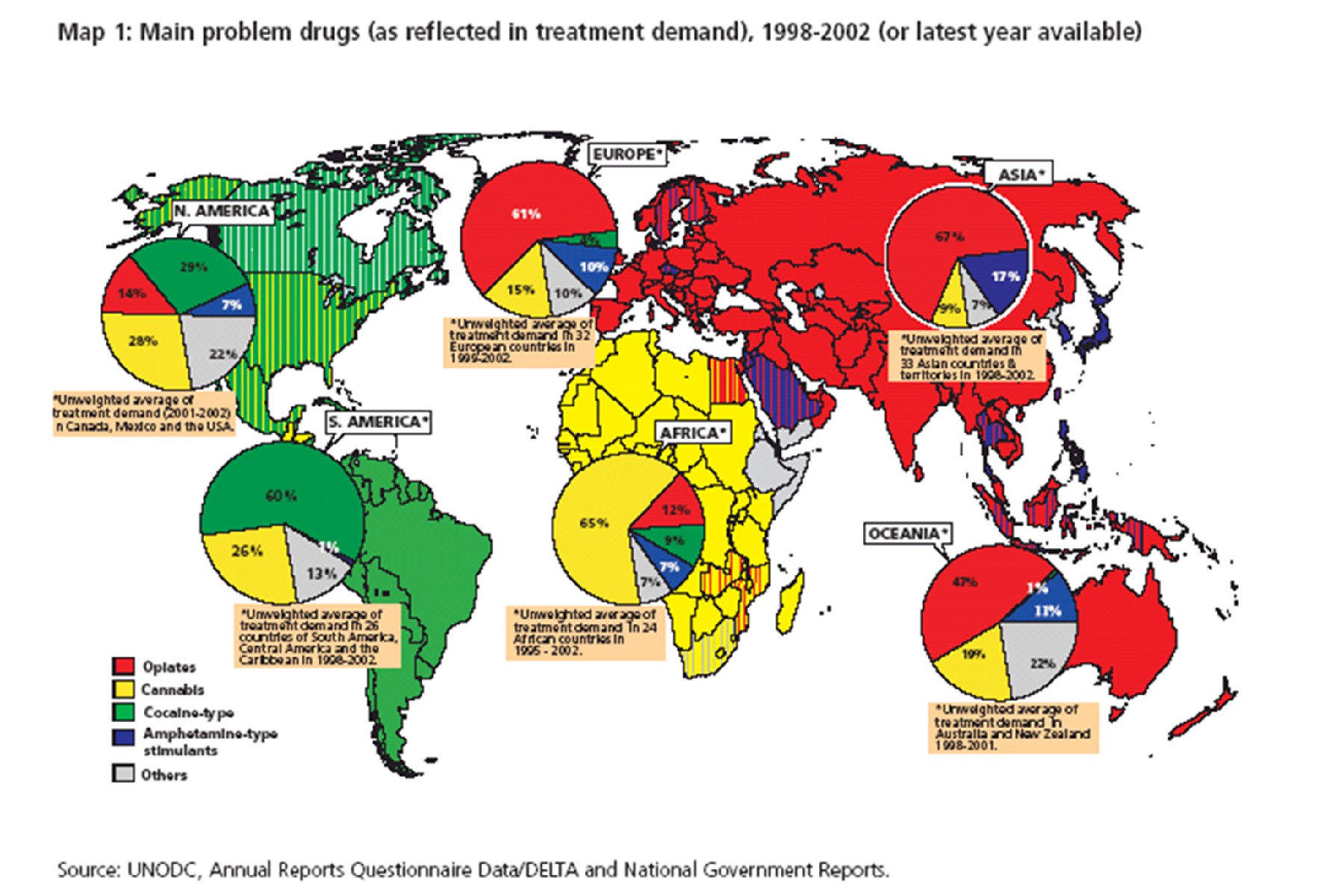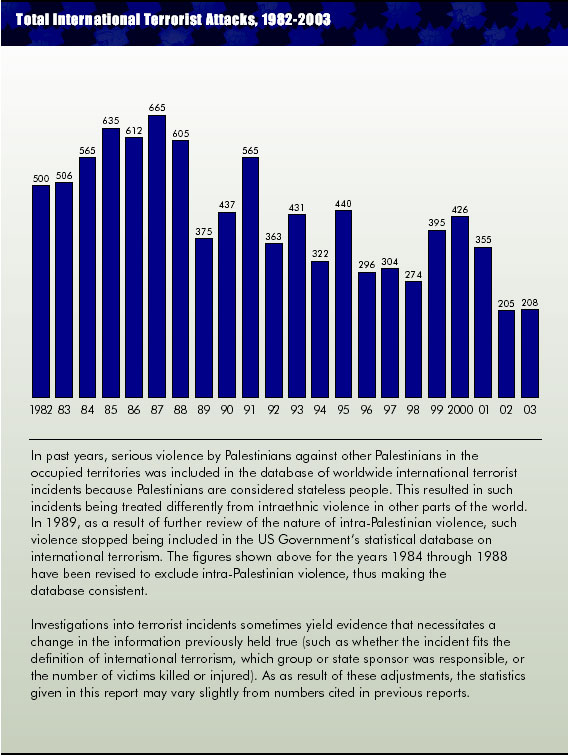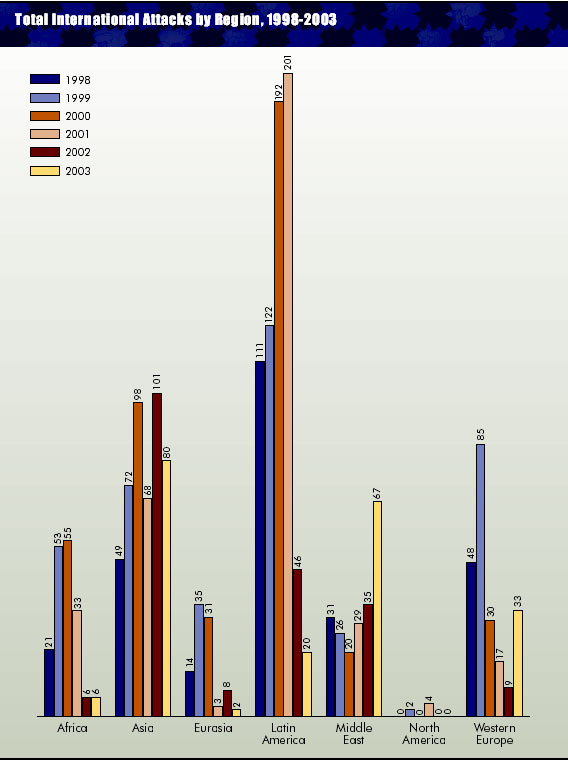Comparing International Crime Data
Differences in:
![]() Definitions of crimes
Definitions of crimes
![]() Classification of crimes
Classification of crimes
![]() Methods of reporting and recording
Methods of reporting and recording
![]() Victim reporting behavior-how does or could a high level of police brutality and abuse, and also government corruption, impact victim reporting?
Victim reporting behavior-how does or could a high level of police brutality and abuse, and also government corruption, impact victim reporting?
![]() Culture and history
Culture and history
![]() Opportunities for specific types of crimes
Opportunities for specific types of crimes

No bank robberies, no auto thefts, no burglaries, etc. in Sanapu above. Why?

Loss of cultural traditions-males lost purpose-resulting in high rate of alcoholism,
robberies, burglaries and murders.

Papua National Constabulary-Papua New Guinea
![]() Organizational pressures
Organizational pressures
![]() Technology*
Technology*
![]() Organizational Priorities and Responses*
Organizational Priorities and Responses*
![]() Political Systems*
Political Systems*
Can you find articles about problems with crime data/reporting in the United States? Why do these problems occur here?
Explanations of differences not addressed in text:
Higher Bicycle theft reporting in Belgium vs. U.S.- (More people use bicycles as mode of transportation)
Community vs. criminal justices responses
to offenders
(ability to resolve victimization outside of the CJ system)
Most uniformity and least problems comparing Auto theft and Homicide statistics
Greater use of Crime Victimization Surveys to address the problem of under-reporting or differences in reporting behavior by citizens
International Crime Victimization Survey Data
United Nations Crime Survey (interesting comparison tool)
Differences in feeling of safety by residents in particular
cities not necessary reflection of differences in actual crime
(Does news media have an impact?)
Other Issues
![]() Do statistics primarily reflect criminal activity of a country's residents?
Do statistics primarily reflect criminal activity of a country's residents?
![]() Country statistics/crime rates do not address regional differences
Country statistics/crime rates do not address regional differences
![]() Danger in assuming factors contributing to crime through international comparisons
Danger in assuming factors contributing to crime through international comparisons
Crime data from some contiguously situated European countries changed after 1990 due to newly opened borders (to the east), i.e the main contributing factor was not within but outside some of the countries with a rapidly rising crime rate.
Theories to explain crime differences internationally:
![]() Modernization Theory-changes in family, kinship and supervision of young
Modernization Theory-changes in family, kinship and supervision of young
![]() Civilization Theory-civility vs. barbarianism
Civilization Theory-civility vs. barbarianism
![]() World Systems Theory-Distribution of wealth/resources, class conflict
World Systems Theory-Distribution of wealth/resources, class conflict
![]() Opportunity Theory-no bank robberies without banks
Opportunity Theory-no bank robberies without banks
GLOBAL CRIME PROBLEMS AFFECTING NEARLY ALL COUNTRIES
![]() Transnational Crime
Transnational Crime
![]() Terrorism
Terrorism
![]() Drug Trafficking
Drug Trafficking
![]() Financial Crimes
Financial Crimes
![]() Money Laundering
Money Laundering
![]()
Drug Trafficking-activity of some govts & private organizations

Drug trafficking Organizations
North Korean Drug Trafficking Could Be Funding Military Operations
Visit the official website of the North Korean Government
North Korean Officials and Organized Crime
North Korea Trains Computer Hackers
Taliban involvement in Drug Trafficking (2001)
Afghan poppy industry eludes U.S. control
| Difficulties combating Drug Traffickers: |
Drug trafficking Organizations:
1. Pay off corrupt government officials
2. Can easily purchase and have the latest technology
3. Have financial resources exceeding those of entire governments (not all)
4. Network with other criminal organizations, including those engaged in terrorism
5. Can respond quickly to challenges without BUREAUCRACY to impede their progress
Activities also encompass
![]() Financial Crimes
Financial Crimes
![]() Money Laundering
Money Laundering
![]()
Terrorism
Definitions
"There is no universally accepted definition of international terrorism.
One definition widely used in U.S. government circles, and incorporated into
law, defines international terrorism as terrorism involving the citizens or
property of more than one country. Terrorism is broadly defined as politically
motivated violence perpetrated against noncombatant targets by sub national
groups or clandestine agents. For example, kidnapping of U.S. bird watchers
or bombing of U.S.-owned oil pipelines by leftist guerrillas in Colombia would
qualify as international terrorism.
A terrorist group is defined as a group which
practices or which has significant subgroups which practice terrorism (22 U.S.
C. 2656f). One shortfall of this traditional definition is its focus on groups
and its exclusion of individual (“lone wolf”) terrorist activity
which has recently risen in frequency and visibility.
To these standard definitions which refer to violence in a
traditional form must be added cyber terrorism. Analysts warn that terrorist
acts will now include more sophisticated forms of destruction and extortion
such as disabling a national computer infrastructure or penetrating vital commercial
computer systems. Finally, the October 12, 2000 bombing of the U.S.S. Cole,
a U.S. military vessel, raised issues of whether the standard definition
would categorize this attack as terrorist, as the Cole may not qualify as a
“non-combatant”
(see CRS Report RS20721, Terrorist Attack on the U.S.S. Cole).
Though the definition of terrorism may appear essentially a political issue,
it can carry significant legal implications. Current definitions of terrorism
mostly share one common element: politically motivated behavior; although religious
motivation is increasingly being recognized as an important motivating factor
as high-profile activities of such groups as Al Qaeda and Hamas underscore the
significance of selective religious ideologies in driving terrorist violence,
or
at least providing a pretext. To illustrate: Osama bin Laden issued a fatwah
(edict) in 1998 proclaiming in effect that all those who believe in Allah and
his prophet Muhammad must kill Americans wherever they find them [http://www.ict.org.il/articles/fatwah.htm].
Moreover, the growth of international and transnational criminal organizations
and the growing range and scale of such operations has resulted in a potential
for widespread criminal violence with financial profit as the driving motivation.
Notwithstanding, current definitions of terrorism do not include using violence
for financial profit, not even in cases where mass casualties might result with
entire populations “terrorized.”
Complicating matters is that internationally, nations and organizations historically
have been unable to agree on a definition of terrorism, since one person’s
terrorist is often another person’s freedom fighter. To circumvent this
political constraint, countries have taken the approach of enacting laws or
negotiating conventions, which criminalize specific acts such as kidnapping,
detonating bombs or hijacking airplanes. The 1999 International Convention
for the Suppression of the Financing of Terrorism [http://untreaty.un.org/English
/terrorism.asp] comes close to a consensus definition, by making it a crime
to collect or provide funds with the intent of killing or injuring civilians
where the purpose is to intimidate a population or coerce a government."
SOURCE: Terrorism and National Security: Issues and Trends
Updated July 6, 2004 Raphael Perl
Foreign Affairs, Defense, and Trade Division
Posted at web site of Congressional Research Service and Library of Congress
http://www.fas.org/irp/crs/IB10119.pdf


Country Reports on Terrorism 2006
Terrorism in South Asia-Report for Congress
Terrorist and Suicide Attacks-Report for Congress
Similarities in responses by various countries:
New Laws-
Australia has toughended citizenship rules
UK sets out new anti-terror list
![]() Authority
of law enforcement/intelligence agencies
Authority
of law enforcement/intelligence agencies
![]() Asylum
process
Asylum
process
![]() Entry
& residence requirements for foreigners
(U.S. Visa Policy)
Entry
& residence requirements for foreigners
(U.S. Visa Policy)
![]() Creation of new databases and linking of existing ones
Creation of new databases and linking of existing ones
Review the status and use of DNA databases in the US and world-wide at:
http://www.dnaresource.com/index.html
![]() Creation of new agencies
Creation of new agencies
SOUTH
EAST ASIA REGIONAL CENTRE FOR COUNTER-TERRORISM (SEARCCT)
PUTRAJAYA, TUESDAY, 1st
JULY 2003
![]() Restructuring of law enforcement/intelligence agencies
Restructuring of law enforcement/intelligence agencies
![]() Increasing security measures
Increasing security measures
![]() Utilization of resources shifted to activities related to war
on terrorism
Utilization of resources shifted to activities related to war
on terrorism
INTERNATIONAL COURTS
![]() European
Court of Justice
European
Court of Justice
![]() European
Court of Human Rights
European
Court of Human Rights
![]() International
Court of Justice (United Nations Body)
International
Court of Justice (United Nations Body)
![]() European
Court of Justice (for 27 member states of the European Union)
European
Court of Justice (for 27 member states of the European Union)
Austria, Belgium, Bulgaria, Cyprus, the Czech Republic, Denmark, Estonia, Finland,
France, Germany, Greece, Hungary, Ireland, Italy, Latvia, Lithuania, Luxembourg,
Malta, the Netherlands, Poland, Portugal, Romania, Slovakia, Slovenia, Spain,
Sweden, and the United Kingdom.
THE EUROPEAN UNION COUNTRIES

Additional country information at: http://europa.eu/abc/european_countries/candidate_countries/index_en.htm
There are three official candidate countries: Croatia, Macedonia and Turkey
The following countries are potential candidates for membership: Albania, Bosnia and Herzegovina, Montenegro and Serbia
It is the responsibility of the Court of Justice to ensure that the law is observed in the interpretation and application of the Treaties establishing the European Communities and of the provisions laid down by the competent Community institutions. To enable it to carry out that task, the Court has wide jurisdiction to hear various types of action. The Court has competence, inter alia, to rule on applications for annulment or actions for failure to act brought by a Member State or an institution, actions against Member States for failure to fulfil obligations, references for a preliminary ruling and appeals against decisions of the Court of First Instance.
1. Requests for a preliminary ruling
2. Proceedings for failure to fulfil an obligation
3. Proceedings for annulment
4. Proceedings for failure to act
![]() European
Court of Human Rights (for 45 countries of Council
of Europe)
European
Court of Human Rights (for 45 countries of Council
of Europe)
European Court of Human Rights sample case
List of cases/decisions from 1999
![]() International
Court of Justice (United Nations Body)
International
Court of Justice (United Nations Body)
International Court of Justice
![]()
QUESTION: Is there a loss of individual freedoms?
Important Concepts/Information:
![]() Areas in which comparative studies increase understanding
Areas in which comparative studies increase understanding
![]() Reasons for growing interdependence of countries around the world
Reasons for growing interdependence of countries around the world
![]() Barriers to cooperation between countries
Barriers to cooperation between countries
![]() Differences between countries that can make a comparison of crime rates difficult
Differences between countries that can make a comparison of crime rates difficult
![]() Five global crime problems affecting nearly
all countries
Five global crime problems affecting nearly
all countries
![]() Types of responses to global crime problems by various countries
Types of responses to global crime problems by various countries
![]() Types of International Courts
Types of International Courts
![]() Madrassas represent a growing threat through their radicalization
of Muslim youth
Madrassas represent a growing threat through their radicalization
of Muslim youth
![]() Private Sector responses to transnational crime and terrorism are being more
sophisticated
Private Sector responses to transnational crime and terrorism are being more
sophisticated
![]() Piracy problems are most acute in SE Asia, particularly around Indonesia, and
near Nigeria
Piracy problems are most acute in SE Asia, particularly around Indonesia, and
near Nigeria
![]() Police ability to take DNA samples is least restricted
in the UK and France
Police ability to take DNA samples is least restricted
in the UK and France
![]() The establishment of a central DNA database for multiple countries is under
way in Europe
The establishment of a central DNA database for multiple countries is under
way in Europe